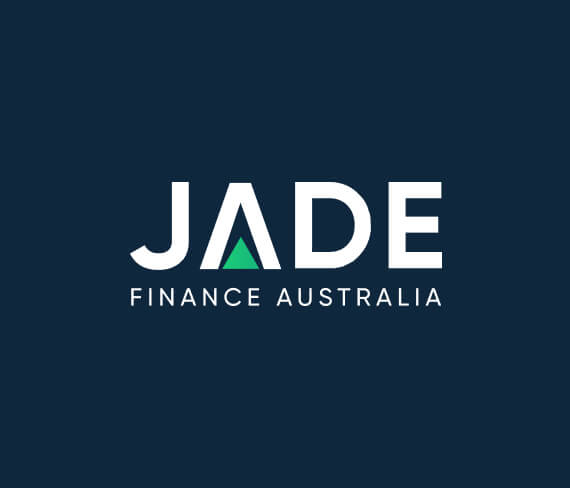August 2021 started with millions of Australians in multiple states still in COVID lockdowns and unfortunately, the outbreaks and fall-out scenario grew from there. For businesses that had been enjoying a recovery phase, these outcomes have raised many questions and concerns especially in regard to the finance sector. We provide an update of what is happening with interest rates and what the central bank sees as the outlook for the economy moving forward.
Reserve Bank Keeps Rates on Hold
The last time the RBA cut the official interest rate was in November 2020 when additional stimulus was seen as required to speed up the recovery. Since then, the Bank has consistently set targets of 2-3% inflation and unemployment closer to full as the data that would initiate any rise in rates. The RBA Governor, Philip Lowe, has often stated a reluctance to go into negative rate territory as some countries had during the COVID crisis.
Over the past few months, the RBA has also rejected calls to lift the official rate to dampen soaring prices in the housing market. So it was not realistically expected that there would be any change in interest rates made at the RBA Board’s August meeting. And that was exactly what transpired.
At the 3 August meeting, the RBA kept the official rate on hold at 0.1%. On 6 August the RBA released its Quarterly Monetary Policy Statement and Governor Philip Lowe appeared via video link before the House of Representatives Committee for Economics. The appearance is not an unusual occurrence and as noted by Dr Lowe in his opening remarks, is part of the accountability process.
Both Dr Lowe’s committee appearance and the quarterly statement, provide insights into the monetary policy decisions made over the past months and the Bank’s outlook and predictions for the economy moving forward.
Rate Increase Targets
The RBA repeated previous statements that it was looking for inflation to be well sustained above 2% and unemployment approaching fuller rates before considering raising the official cash rate. Inflation is currently 1.75% and unemployment 4.9%.
It was noted that the current virus outbreaks and resultant lockdowns especially in NSW, would be expected to cause an increase in unemployment and has created an element of uncertainty. But it was also noted that following similar earlier outbreaks, such as in Victoria in 2020, the economy did bounce back quickly.
The timeframe of 2024 was again confirmed as the RBA’s target for the economic indicators to reach the targets to trigger any rate rise consideration.
Economic Outlook
The economy has recovered beyond expectations through 2021 but the current lockdowns are expected to cause GDP growth to be affected in the September quarter. When questioned about the possibility of the nation going into recession as a result, Dr Lowe rejected this suggestion. Citing earlier setbacks and the economy’s successful rebound to the recovery phase.
It was also noted that not all areas of the country are currently impacted. Many regions remain on a positive trajectory. However, within a week of these statements being made, snap lockdowns were called in regional areas of NSW and Queensland.
Support for individuals and businesses in designated hot spots and those businesses affected by outbreaks in hot spots may be eligible for Government support. Businesses can investigate options through their state treasury department and individuals through Services Australia disaster payment program.
Business Finance Interest Rate Prospects
As a result of the August RBA decision, our interest rates across our business finance portfolio remain at low levels. While the RBA presented a positive outlook for the economy, not all analysts agree, which is quite normal. One major bank has come out with its own predictions which are not in line with those of the RBA.
While the official cash rate is the base rate from which lenders determine their specific rates across their markets, there can be significant variation in rates across the lender market. Lenders that access funds from global sources may face higher costs and hence may increase rates earlier than the RBA has indicated.
While cheap across the board, our rates do vary across different loan products as you can see in our Interest Rate Comparison Calculator. We will always adhere to our cheaper interest rate business approach and have actively sought accreditations with a vast number and range of both bank and non-bank lenders. Having this broad and extensive selection of lenders gives us the capability to access the cheapest interest rate loans from more choices.
Across most of our business and personal loan products, we source finance based on a fixed interest rate. For loans for goods such as cars, business vehicles, trucks, boats, motorcycles, caravans and business equipment, that rate is fixed for the entire loan term. Some loan terms can be as long as 7 years. So finance secured at the current low interest rates will not be effected by any increase in lender rates that may come into effect from 2024 – the RBA timeframe for any increase.
While authorities agree that the current health scenario has created a level of uncertainty and in some areas it appears it will continue for a while yet, at this point the prospects are positive for a continuation of low interest rate finance. We are operating business as usual to provide lending services nationwide and welcome enquiries for both business and personal finance requirements.
Contact Jade Finance 1300 000 008 for a quote for your business or personal loan requirements
DISCLAIMER: NO LIABILITY IS ACCEPTED IF ERRORS OR MISREPRESENTATIONS ARE FOUND IN THIS ARTICLE. THE ARTICLE IS PREPARED AND PRESENTED FOR GENERAL INFORMATIVE PURPOSES AND IS NOT INTENDED TO BE THE SOLE SOURCE OF INFORMATION FOR MAKING FINANCIAL DECISIONS. THOSE REQUIRING GUIDANCE AND ADVICE SHOULD CONSULT A FINANCIAL ADVISOR.
